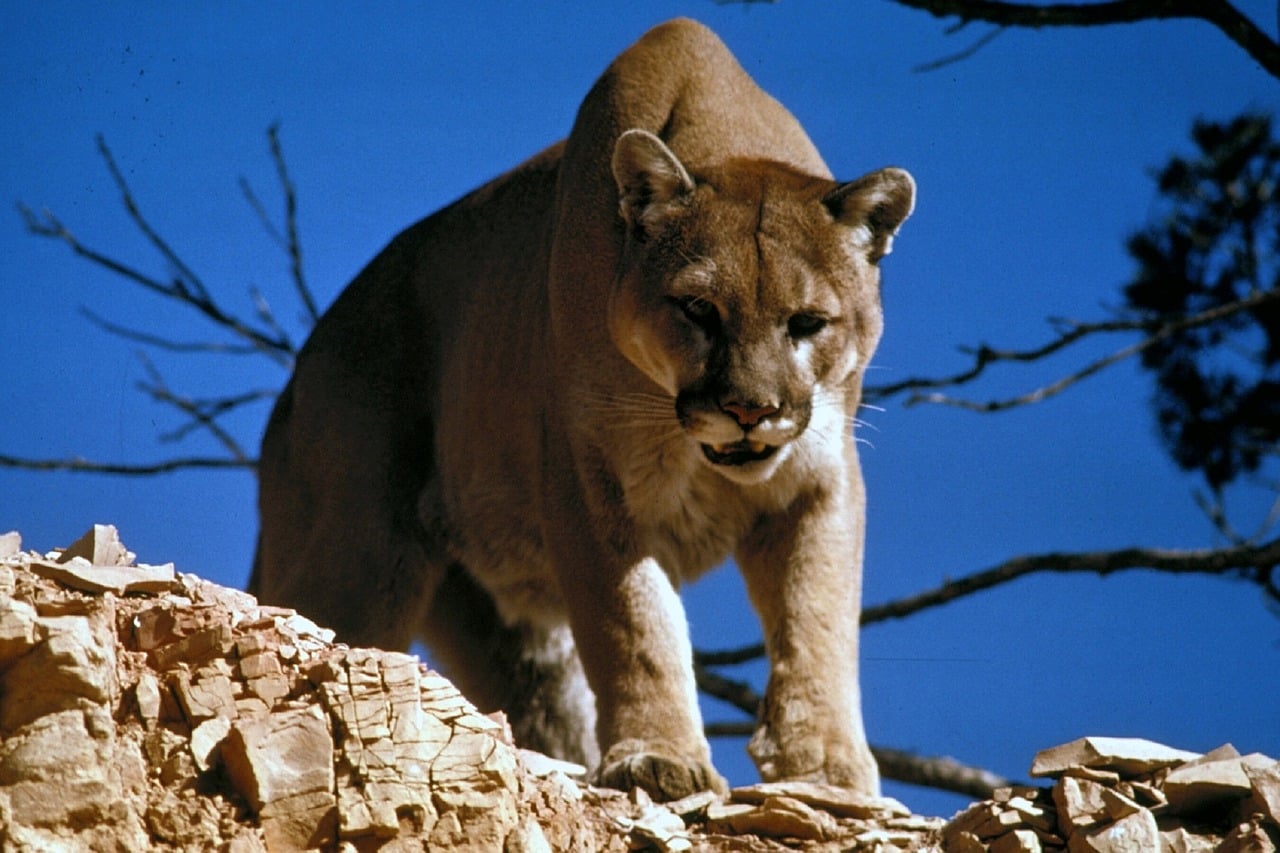A new study proves the popular saying, “While the cat’s away, the mice will play,” to be true. Mountain lions like pumas and other medium-sized carnivores retreat when they sense the presence of humans. When that happens, rodents take over and spread across the landscape.
Even though some wild cats seem incredibly dangerous, humans are still considered the greatest predators in the eyes of many wild animals. However, according to researchers at the University of California, Santa Cruz, our presence may create a “landscape of fear.” As mountain lions flee from humans, deer mice and wood rats spread, according to a new study published in the journal Ecology Letters.
“Humans are sufficiently scary to pumas and smaller predators that they suppressed their behavior and changed the way they used their habitats when they thought we were around,” lead author Justin Suraci, a postdoctoral researcher at UC Santa Cruz, said in a statement “The most surprising part was seeing how those changes benefit rodents.”
“We’ve spent 10 years learning how fear of humans drives mountain lion physiology, behavior, and ecology,” said senior author Chris Wilmers of UC Santa Cruz, director of the Santa Cruz Puma Project. “This is the first large-scale experiment I’m aware of that documents how fear cascades through the food web from top predators to the smallest prey.”
The study found that humans have minimal effect on ecosystems in which wild cats reside, although the presence of humans will cause wild cats to flee, according to Wilmers.
The two scientists conducted an experiment using recordings of human voices and activity to observe the landscape-level effects of the presence of humans in mountain lions. They accessed two remote research sites in the Santa Cruz Mountains, placed 25 speakers in a grid pattern across a one-square-kilometer area, and then broadcast human voices, followed by recordings of tree frogs as a control.
Pumas responded by reducing their activity and staying away. Meanwhile, when the frog recordings were broadcast, they moved through the landscape, Suraci said. Medium-sized predators changed their behavior too. Bobcats became nocturnal, skunks became 40% less active, and opossums reduced their activity by 66%.
However, in the presence of humans and absence of mountain lions, deer mice became much more prominent, increasing their range by 45%, while the foraging intensity of mice and wood rats increased by 17%. There was a noticeable change in the behavior of the entire ecosystem, just because of the presence of humans.
“Just the fear of humans can affect how wildlife use the landscape and how they interact with each other,” Suraci said. “It turns out, the mere perceived presence of humans triggers a disruption of natural predator-prey interactions–and rodents really benefit.”





